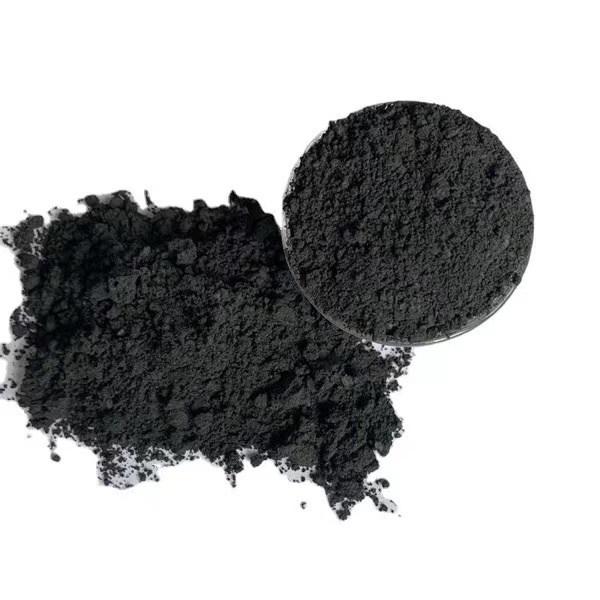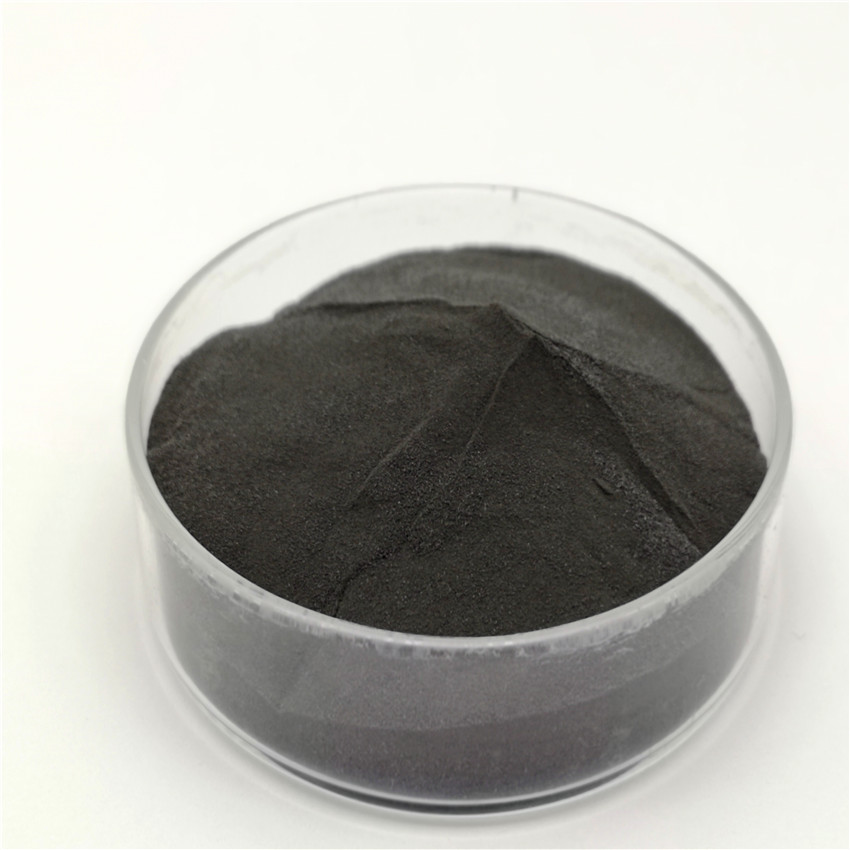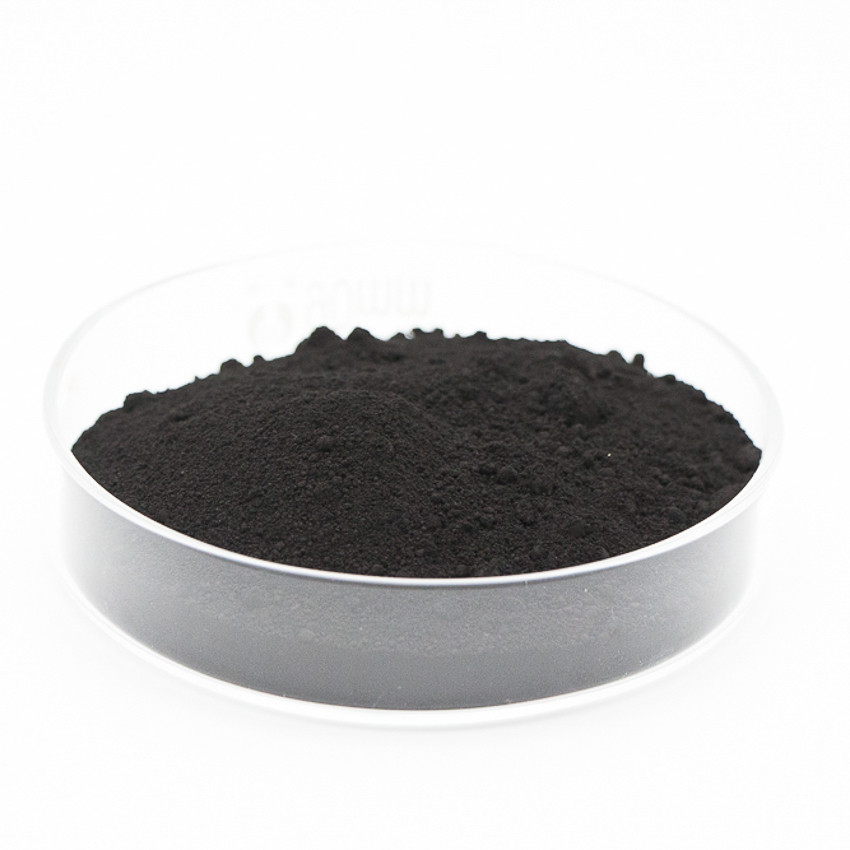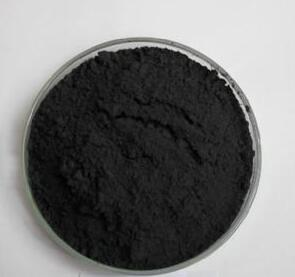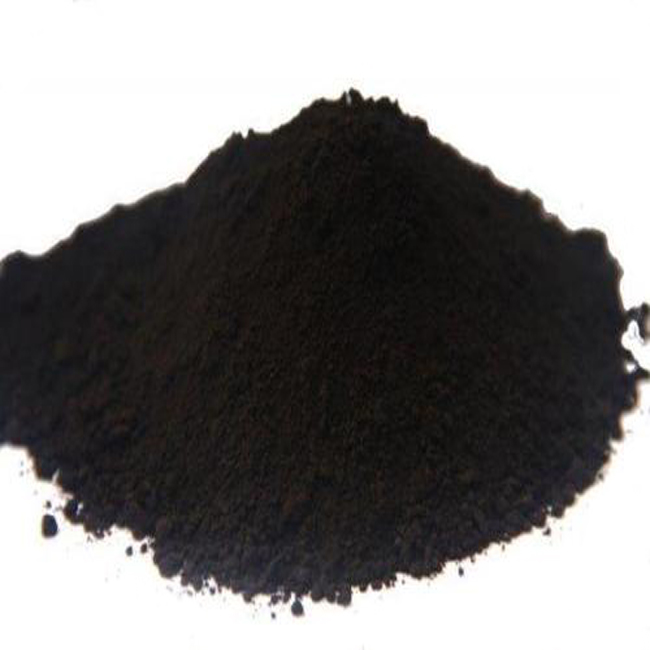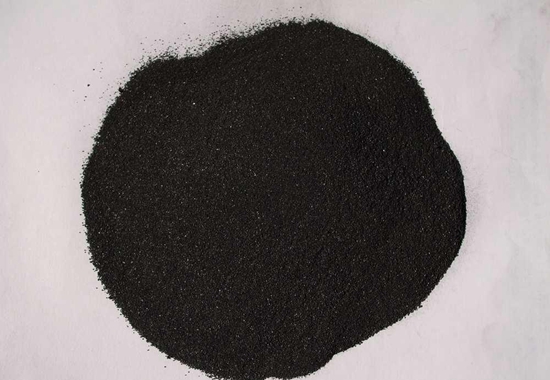Graphite Anode Material for Li-Ion Batteries
A key ingredient in Li-ion batteries for hybrid electric vehicles ("HEVs"), plug in electric vehicles ("PEVs") and grid energy storage systems, graphite anode material has seen a steady increase in demand in recent years as these new markets are developed.
Graphite is an allotrope of carbon with properties similar to diamond, although it is much softer and more flexible. It is electrically and thermally conductive, chemically passive (resistant to corrosion), and lighter than aluminium. It is also easy to work with.
The production of graphite for anode materials requires a high degree of control and precision to ensure that the product meets all the requirements of the battery industry. This includes ensuring that the specific morphology of the particles is optimised to achieve superior performance including higher rate capability and energy density, lower first cycle irreversible capacity loss and longer cycle life.
These improvements are a result of the graphite's natural spherical structure, which allows for better packing and therefore a greater surface area, improving the ability to capture and retain lithium ions during charging. The spherical structure also improves the interaction between the graphite and the lithium ions, increasing the coulombic efficiency during charging and discharging cycles.
The graphite anode market is expected to grow rapidly as hybrid electric vehicles, plug in electric vehicles and all-electric vehicles are introduced into the global market. South Korean battery manufacturer LG Energy Solution and US-based Novonix have recently signed an agreement to jointly develop artificial graphite anode materials that meet the requirements of these new markets, with a supply contract likely to follow soon.


